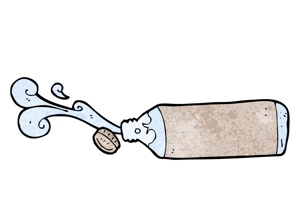Thomas Wendt is a consultant based in New York City, specializing in user research, experience strategy, product strategy, and innovation. Thomas is part theorist and part practitioner, firmly believing that theory and practice need to learn how to play nice if we’re ever going to be truly innovative. He comes from a background in psychology, philosophy, and literary studies—all of which have a strong influence on his design and strategic processes. He strives for a deep understanding of the relationship between people and technology, as this relationship is what shapes product design.
He frequently teaches, writes, and speaks, on a variety of topics including intro UX, strategy, context-aware computing, philosophy and design, mobile UX, knowledge work, lean process and theory, and semiotics. His articles have been published in UX Magazine, Semionaut, UX Booth, and the Journal of Information Architecture (forthcoming). Presentations have been delivered both nationally and internationally at conferences such as Interaction 14 (forthcoming), LeanUX NYC, UX Cambridge, MidwestUX, FutureM, and a variety of smaller events in the NYC area. Thomas also teaches classes through General Assembly and independently for clients on topics such as Intro to UX, UX for Strategists, Research Methods, Design Thinking, and Product Ideation Methods.
Thomas lives in the NoLita neighborhood of Manhattan in a tiny, modernist-by-default apartment with his lovely wife, Niki. In his spare time, he enjoys seeing how many books he can fit on his shelves and lusting after furniture he can’t afford.






